[ By SA Rogers in Architecture & Public & Institutional. ]
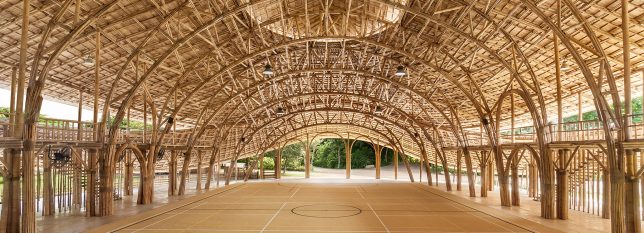
With the completion of their latest project, a spectacular sports hall made of prefabricated bamboo trusses, Thai firm Chiangmai Life Construction (CLC) shows off the stunning architectural possibilities of this natural, inexpensive and sustainable material. But it’s far from the only incredible bamboo structure they’ve designed and built, and they’re here to prove that bamboo blends beautifully with modern technology and lifestyles. Each of their projects centers on the concept of ‘life construction,’ in which the design of a building is carefully customized to its environment, including weather, to control how bamboo interacts with the elements.
Bamboo Sports Hall for Panyaden International School

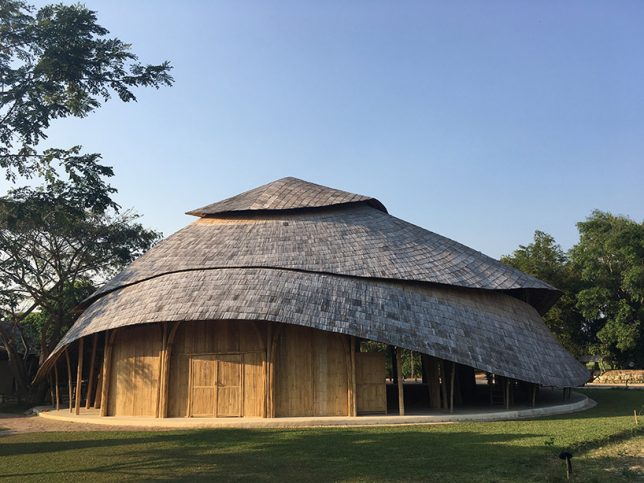
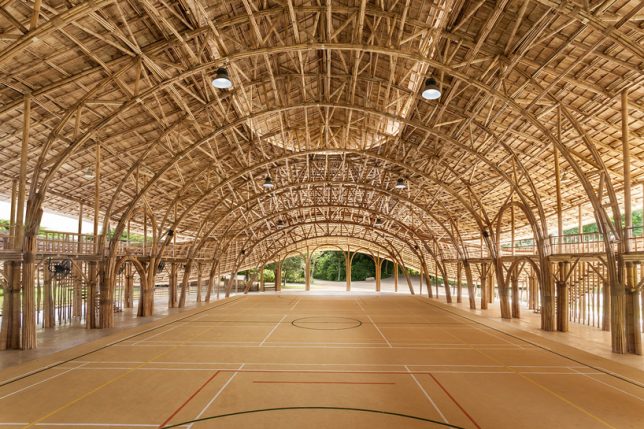
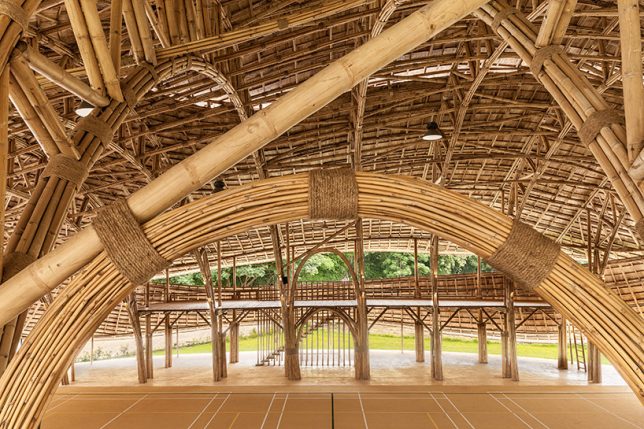
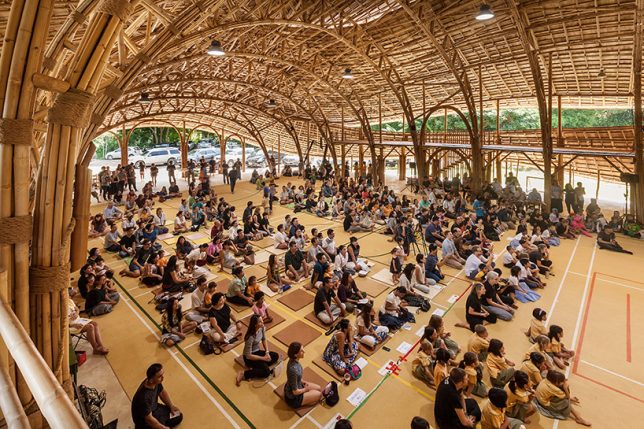
Each of the prefabricated bamboo trusses used to build this sports hall for a school in Thailand spans more than 55 feet without steel reinforcements or connectors, lifted into position on-site with help from a crane. The structure is designed to withstand earthquakes, torrential rain and high velocity winds, and to host basketball, futsal (a variation of football played on a small hard court), volleyball and badminton. The building shape is based on that of a lotus flower, and like all of CLC’s projects, this one is open to the air to encourage ventilation for cooling in Thailand’s temperate climate, where cold weather is not a problem. The space can host 300 students at a time and includes a storage area behind the stage.
Erber Research Center
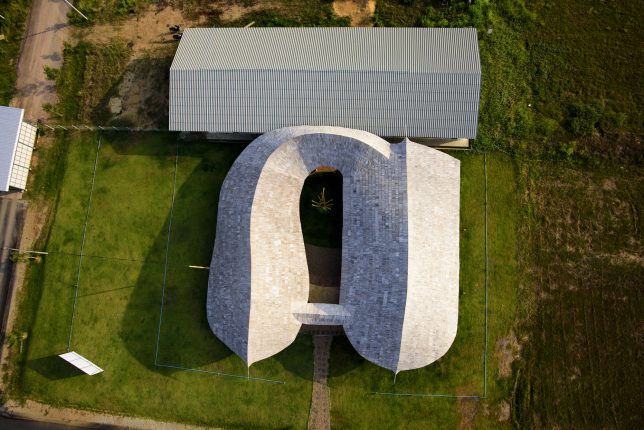
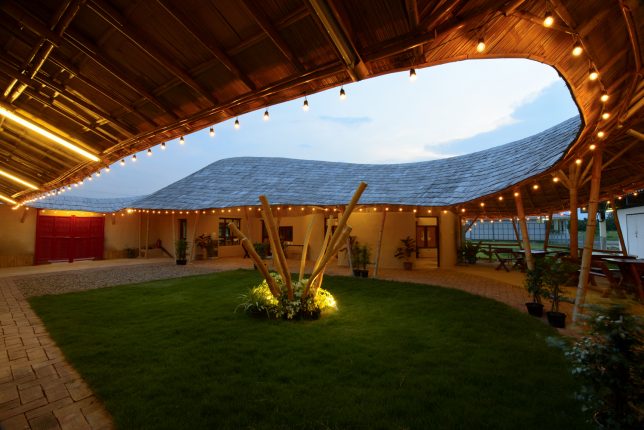
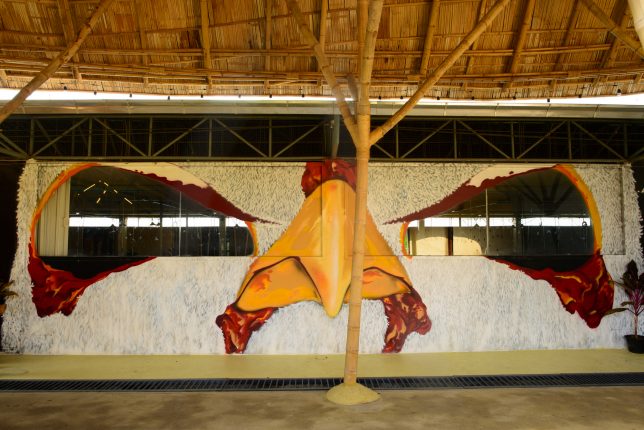
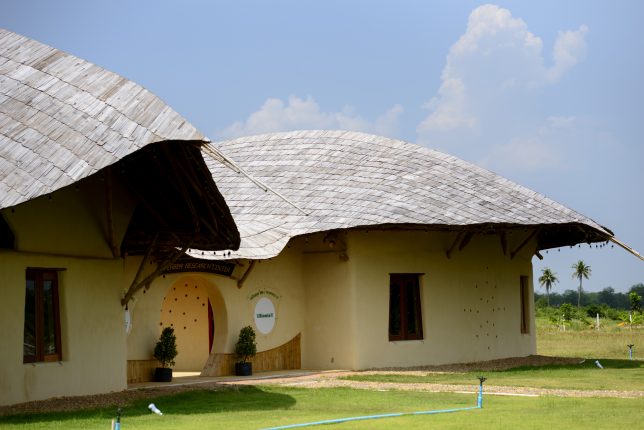
At Kasetsart University, Thailand’s largest agricultural learning institution, CLC created a facility that allows students and visitors to study chicken rearing through the windows of an adjacent pre-existing broiler hall (where the chickens are raised) as well as offering space for lectures. Based on the layout of a traditional farmhouse with a square courtyard, the facility includes a covered observation platform with windows spray-painted to look like the eyes of a chicken, with a meeting room, office, lecture hall, kitchen and bathrooms nearby. Says CLC, “This design brings traditional architecture to today’s students who grow up in concrete bunkers.”
Trika Villa

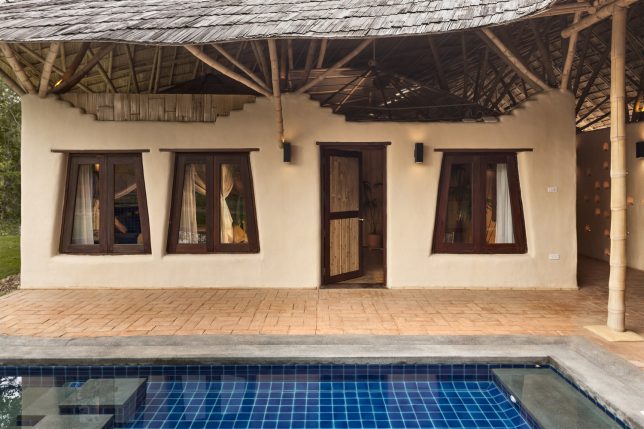
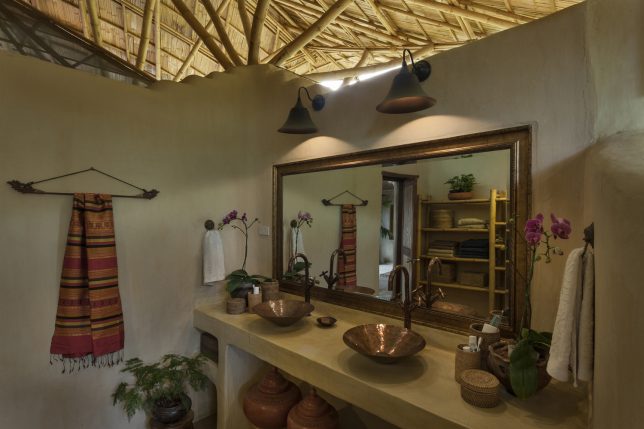

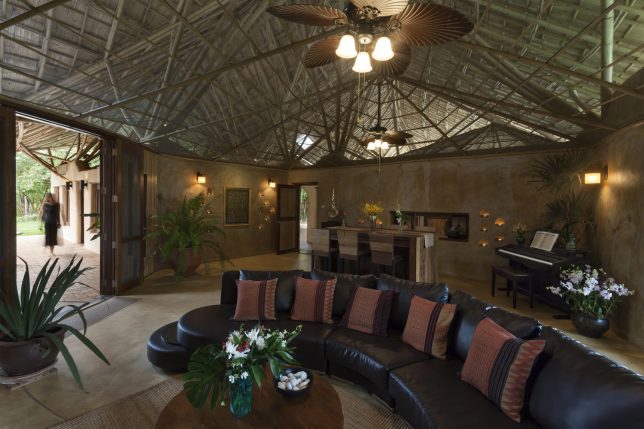
Trika Villa is a residence aiming to illustrate CLC’s core goal of bringing natural materials into the 21st century, maintaining a balance of beauty, affordability and quality. The luxury residence includes 5 bedrooms, 5 bathrooms and a spacious living and dining room arranged around a swimming pool in the courtyard. The adobe walls don’t quite meet the curving, overhanging roof, allowing heat to escape and breezes to penetrate the structure.
Bamboo Reception Hall
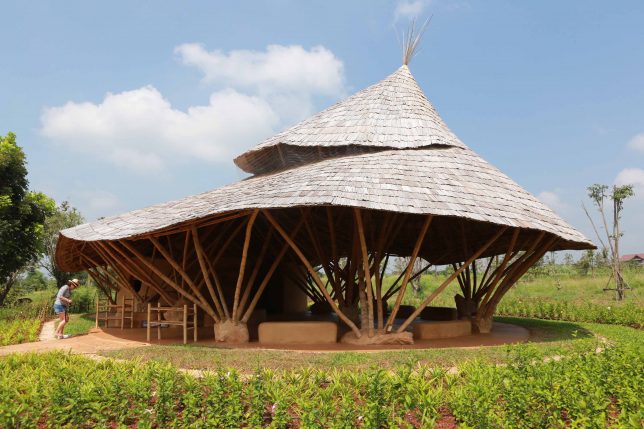
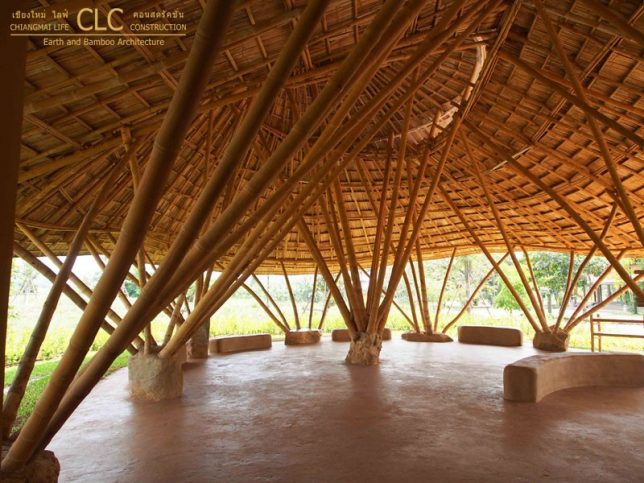
Welcoming parents and visitors at the entrance of Panyaprateep School in Thailand is this bamboo reception hall with a rolling bamboo roof inspired by snakeskin. Half open and half closed, the structure offers earthen and stone benches for sitting together in small groups as well as an area full of shelves for the display of items made by the students.
Next Page – Click Below to Read More:
Bold Bamboo 8 Dramatic Organic Structures By Chiangmai Life Architects




[ By SA Rogers in Architecture & Public & Institutional. ]
[ WebUrbanist | Archives | Galleries | Privacy | TOS ]

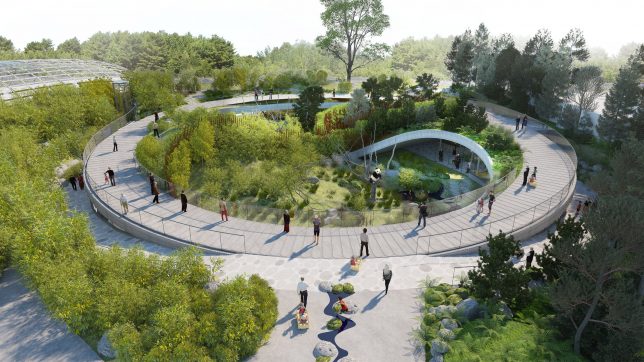
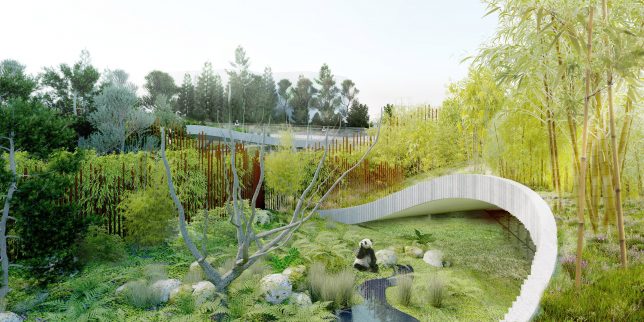

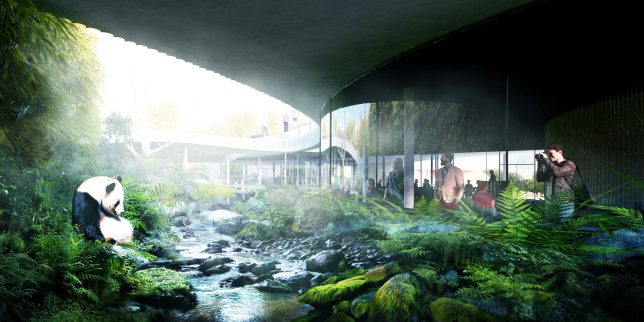
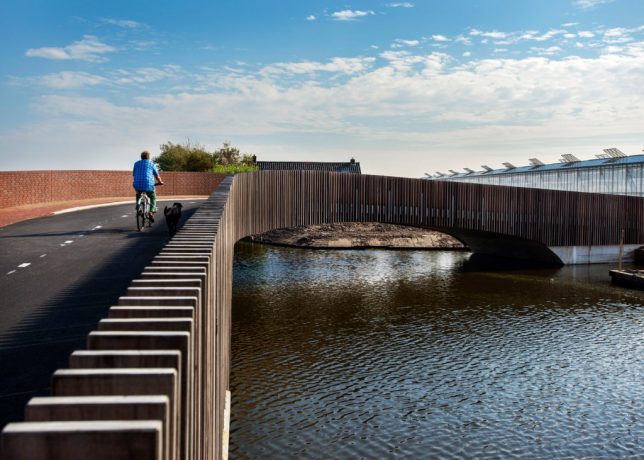
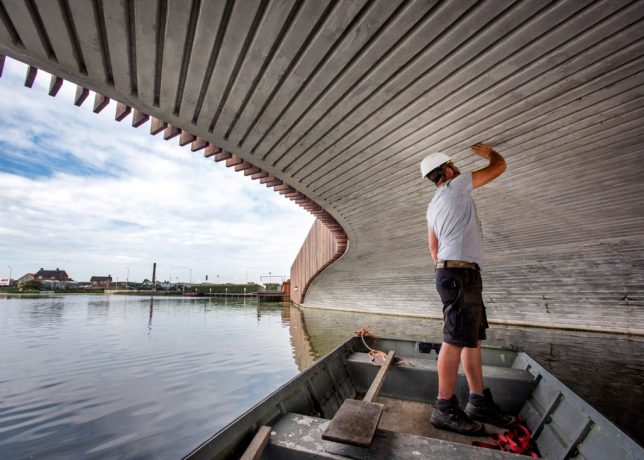
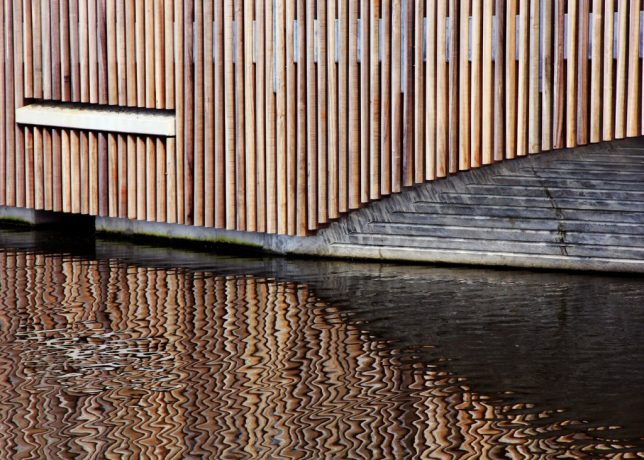
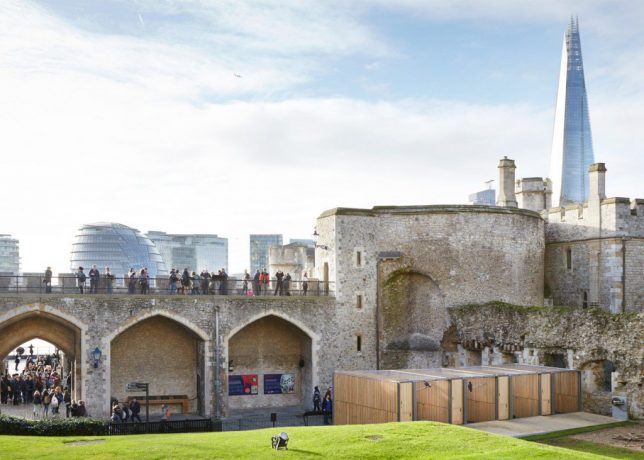
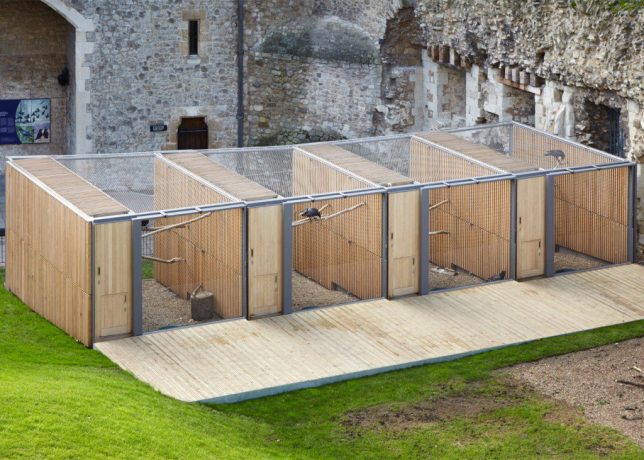
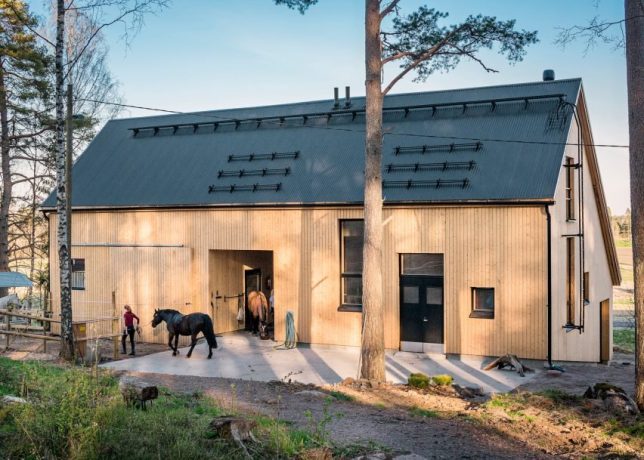
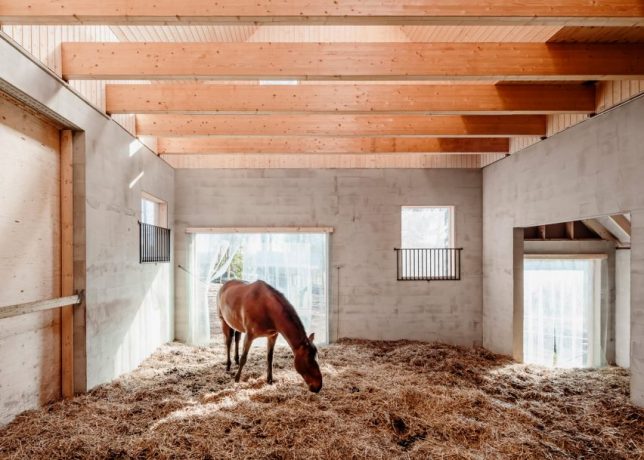


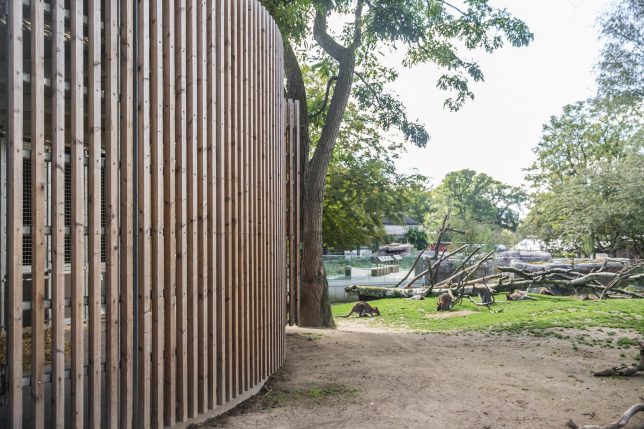
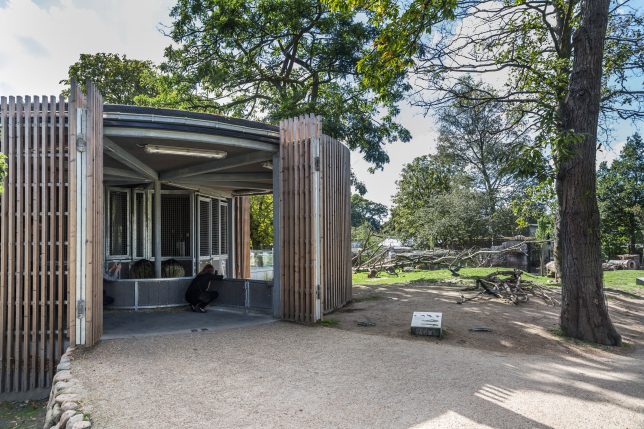

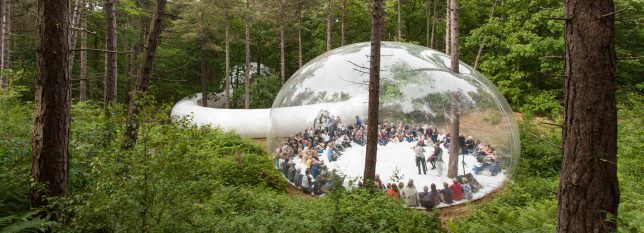
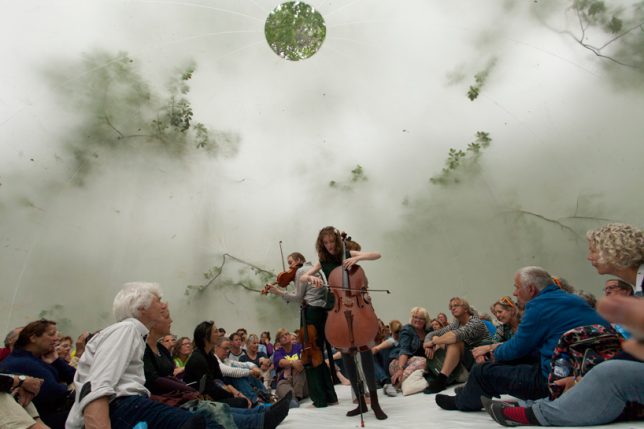
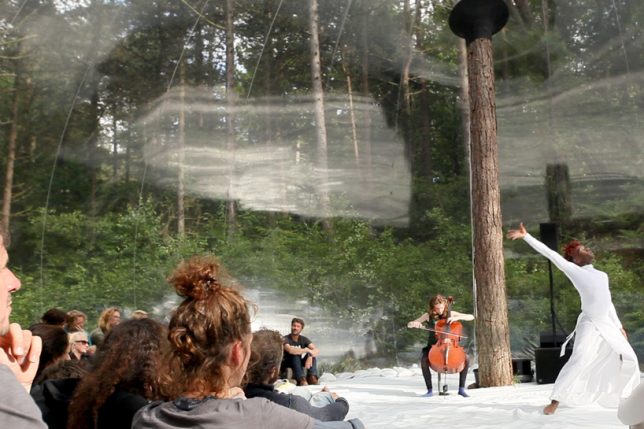
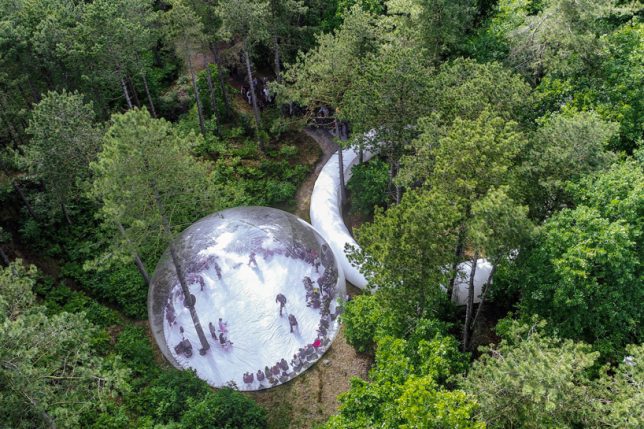
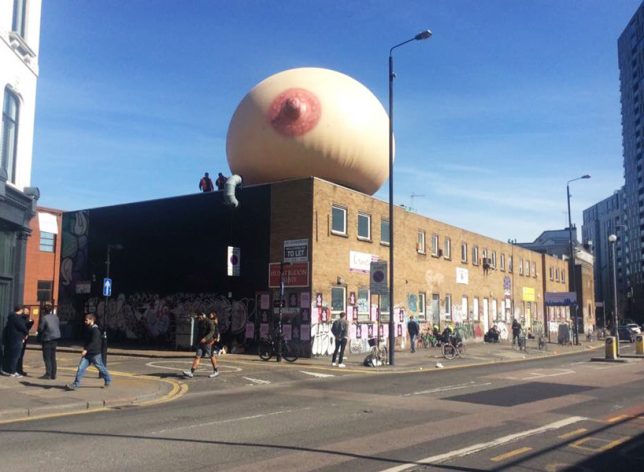
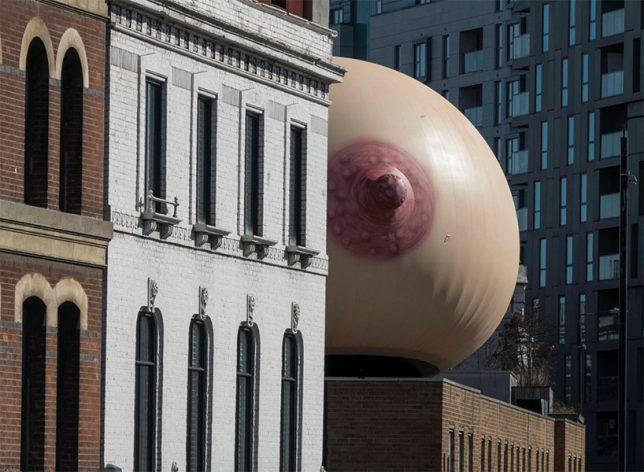
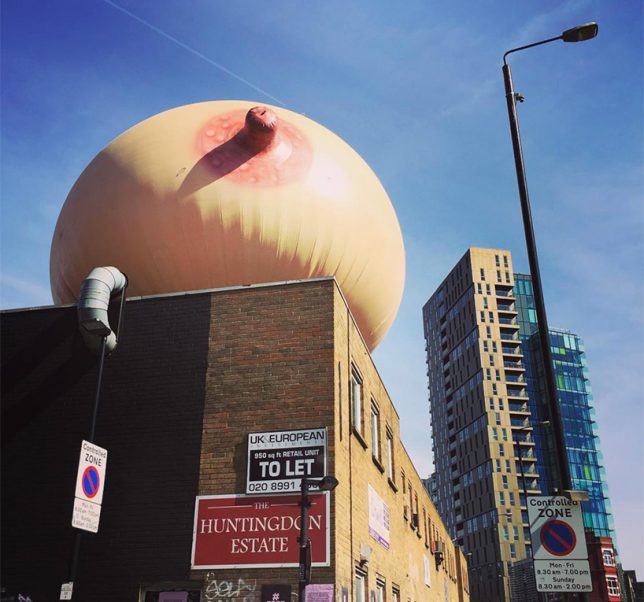

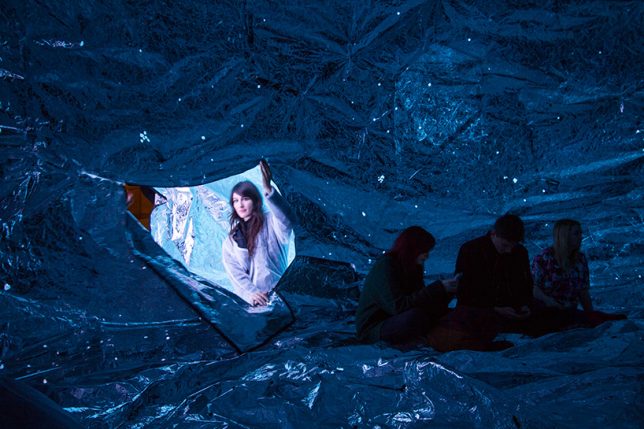
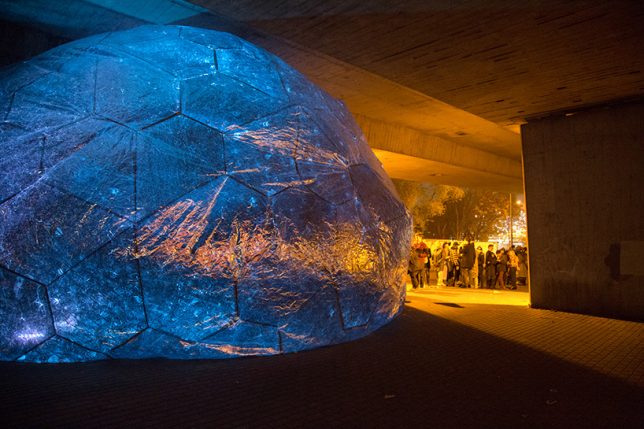
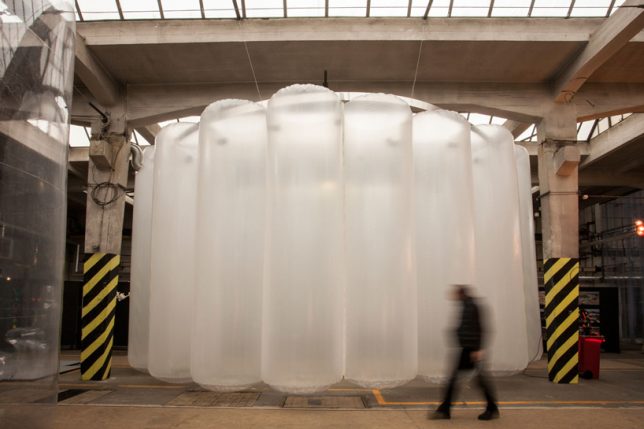
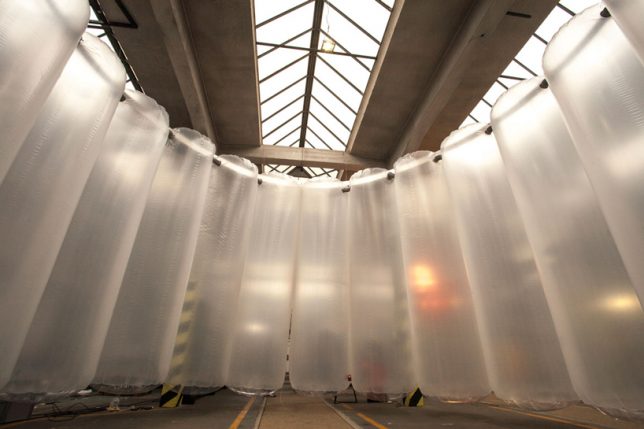

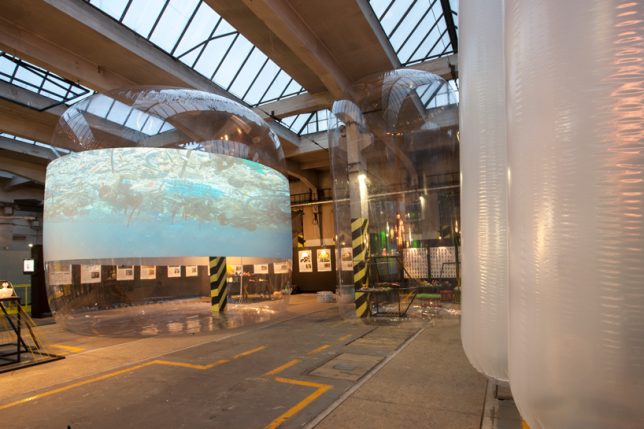


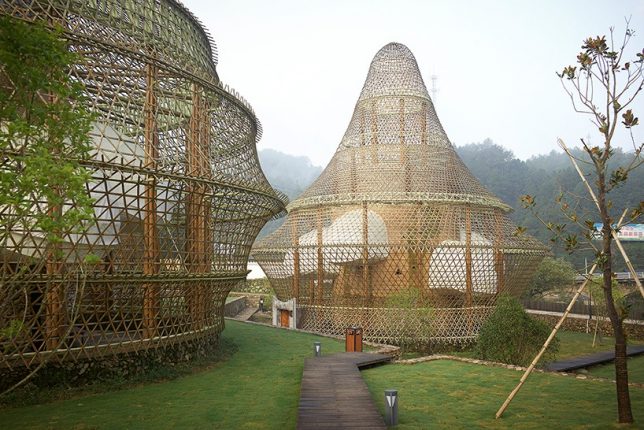

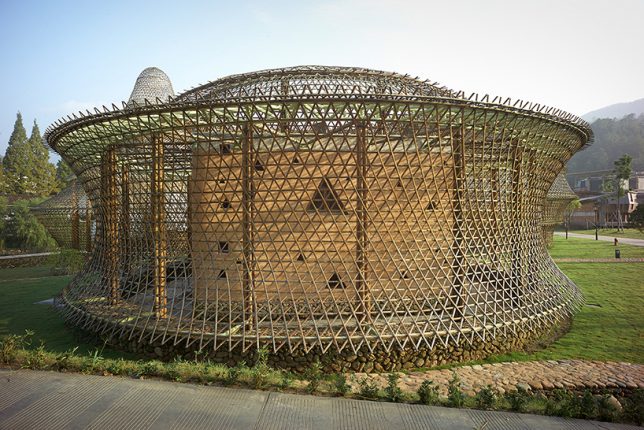
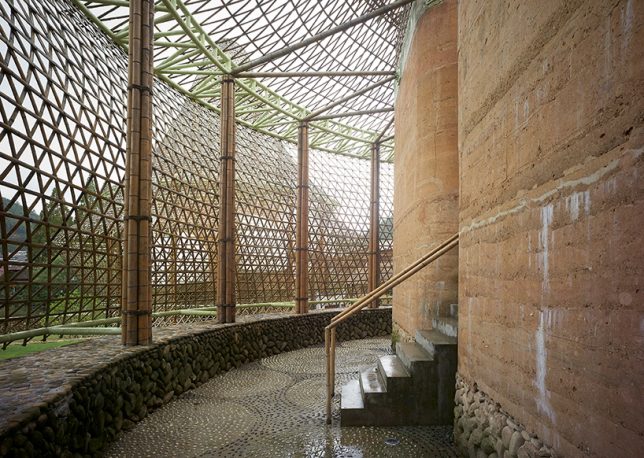
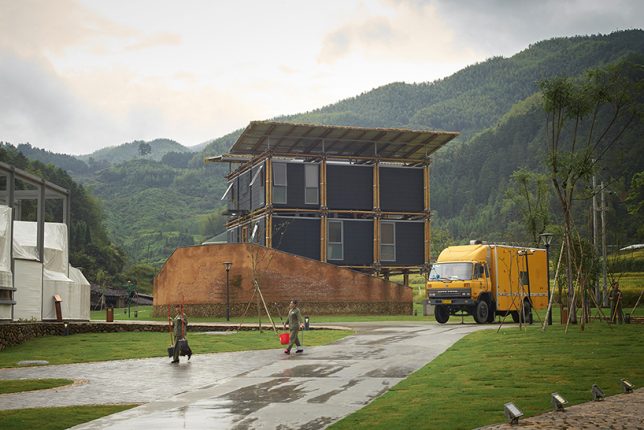
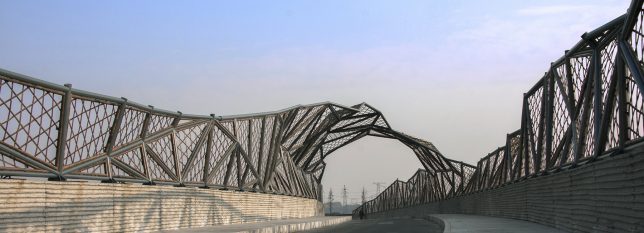
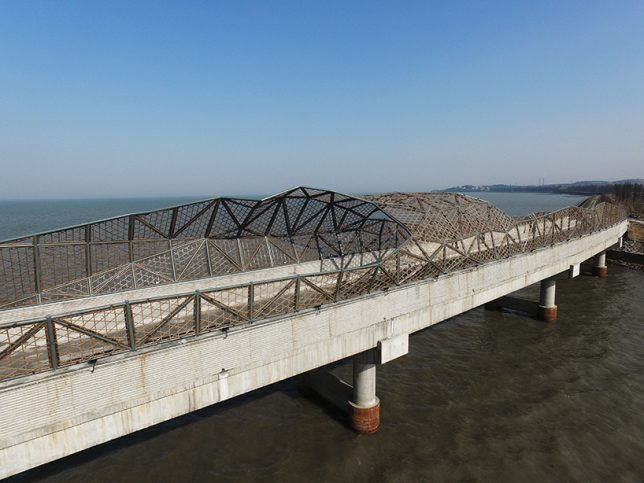
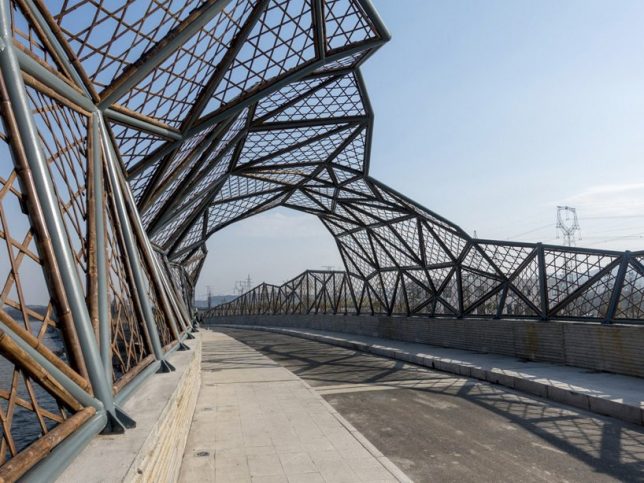
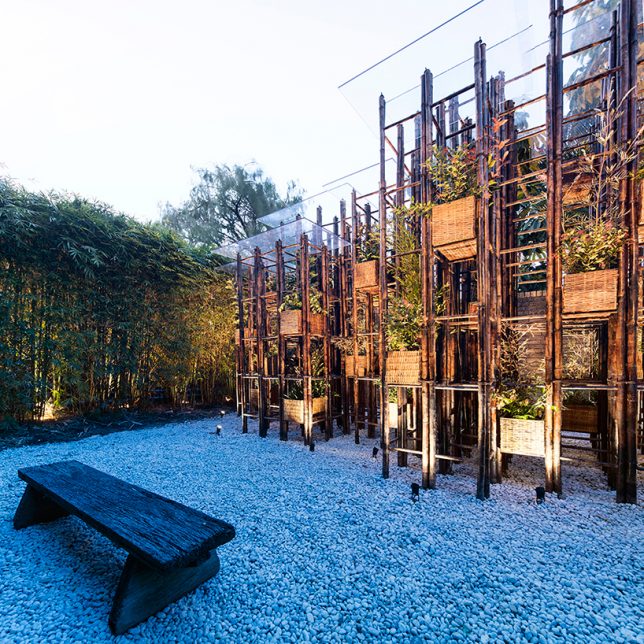
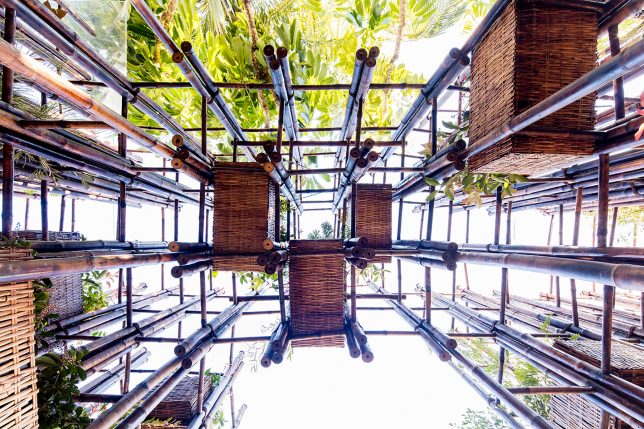
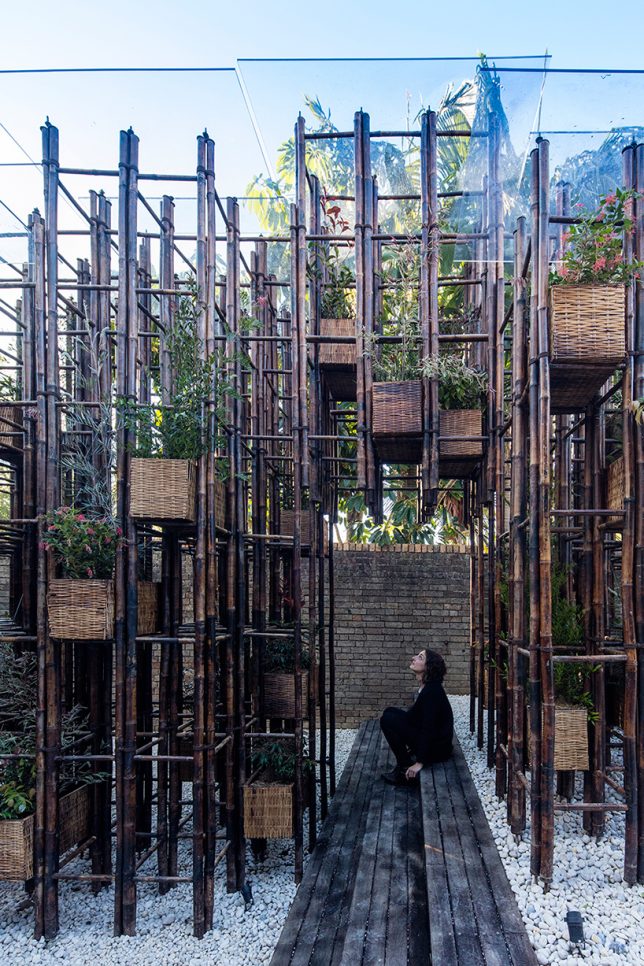

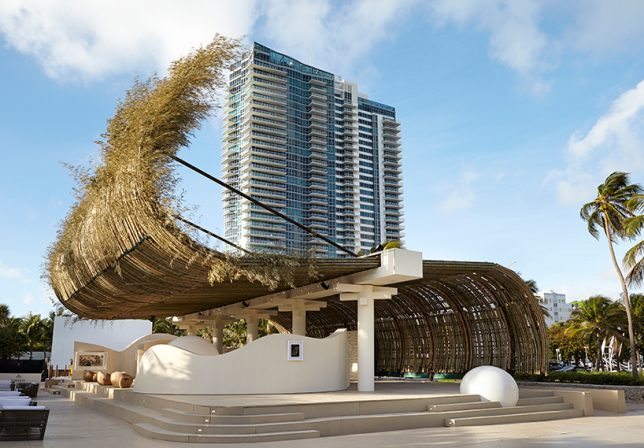
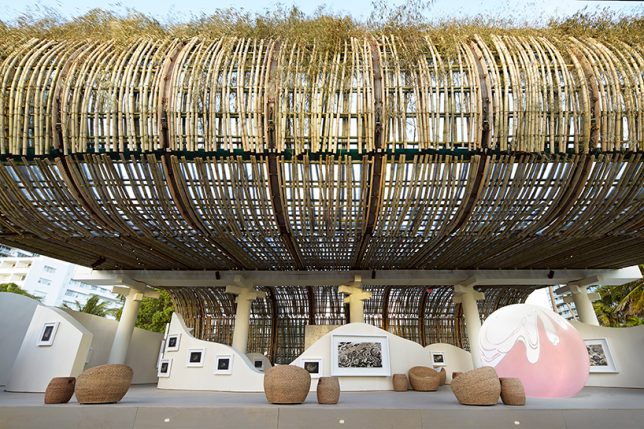
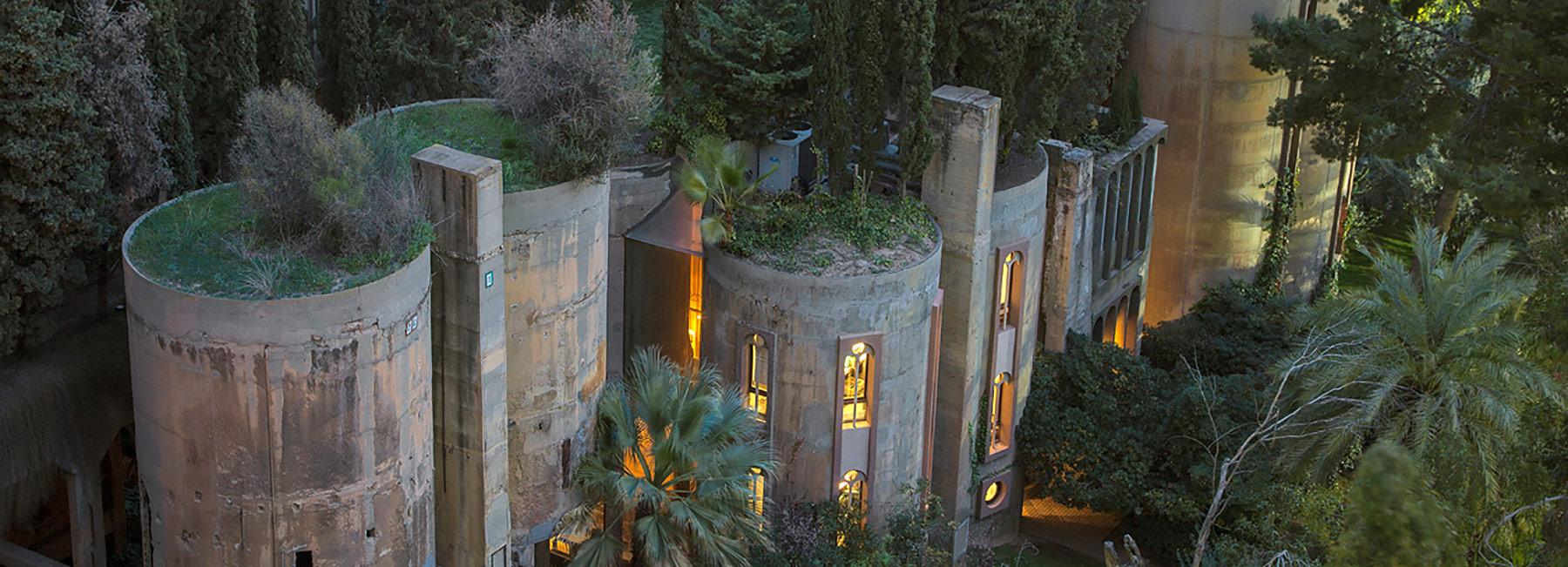
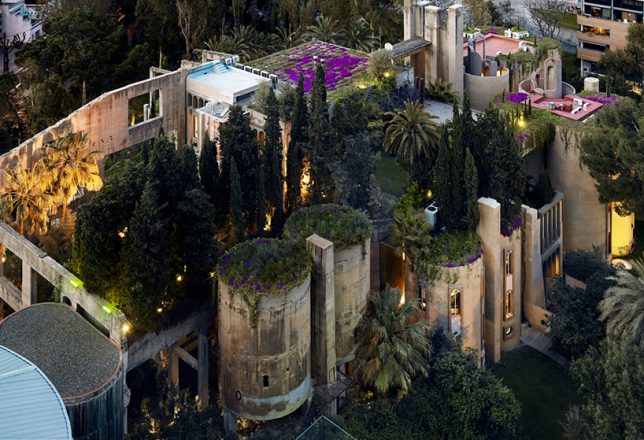

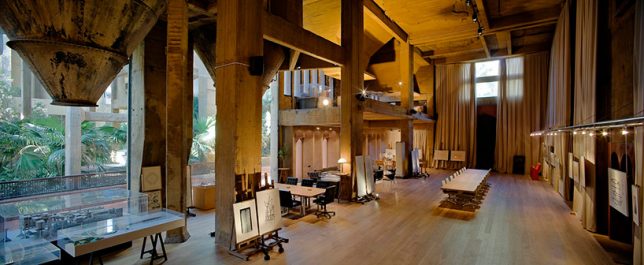
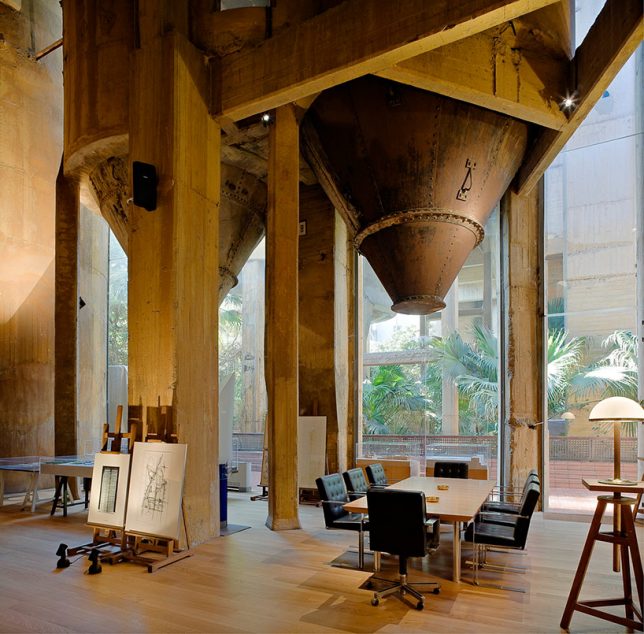
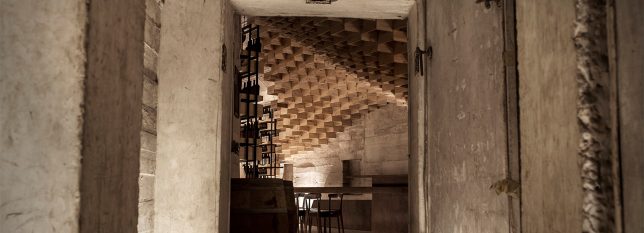
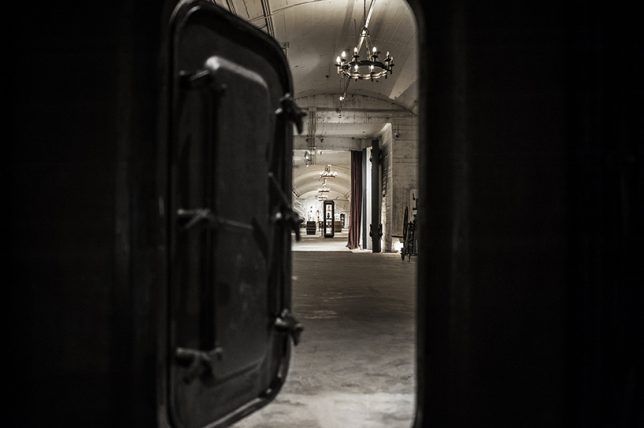
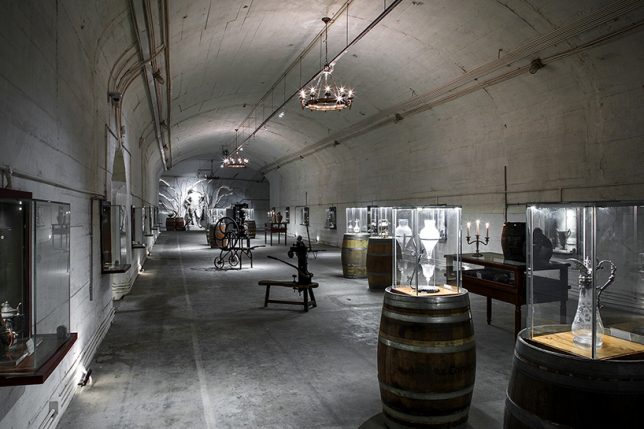
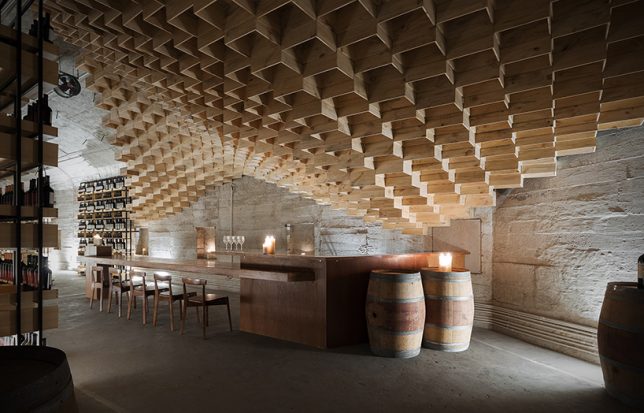

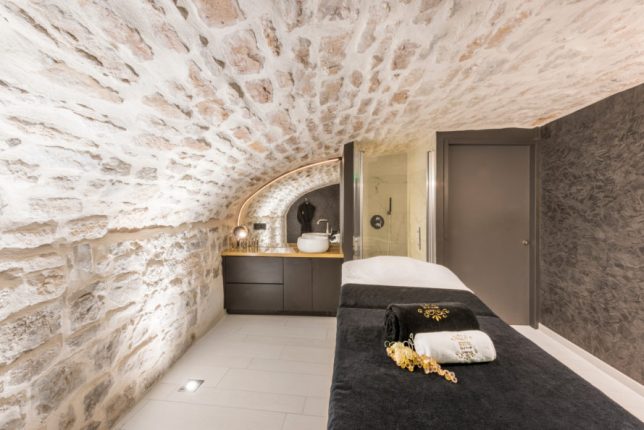

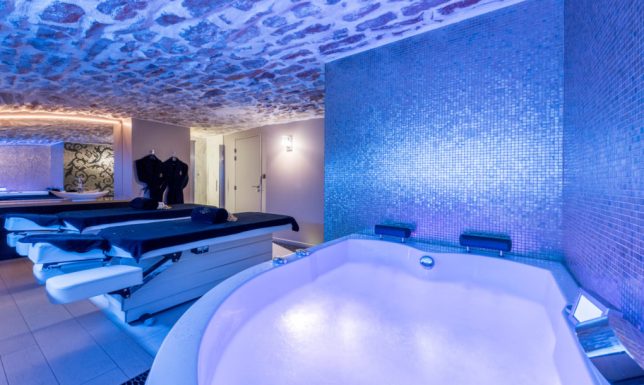
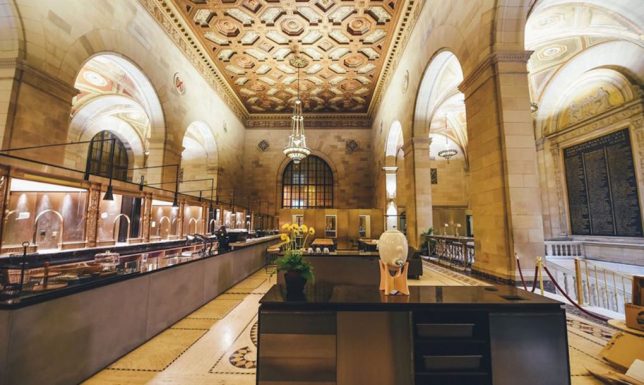
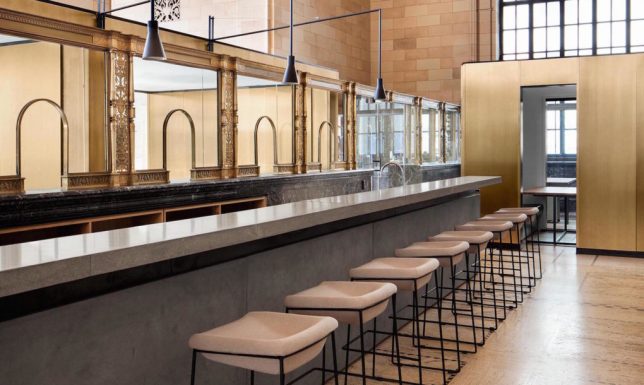
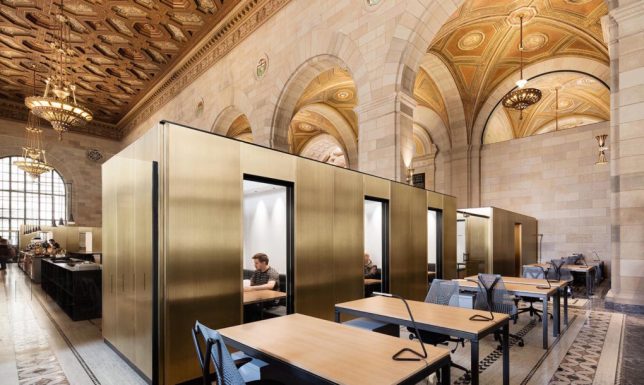
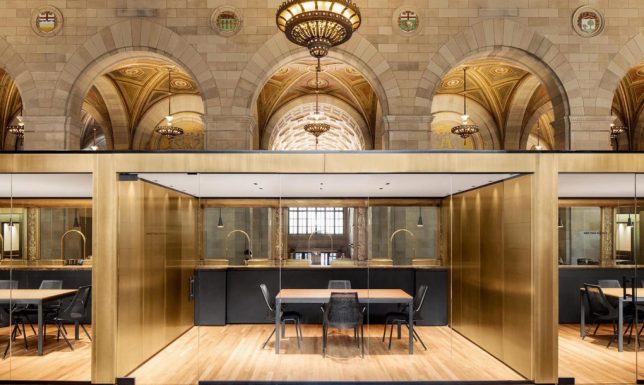
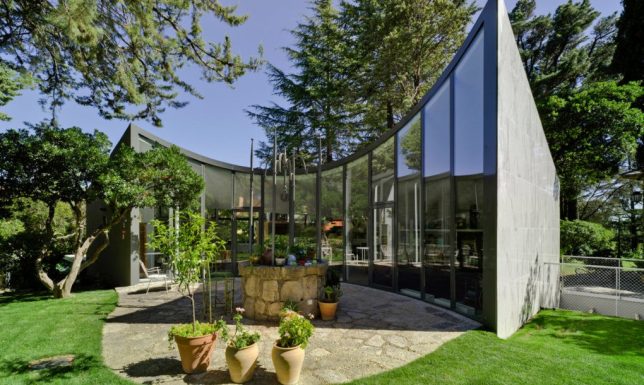
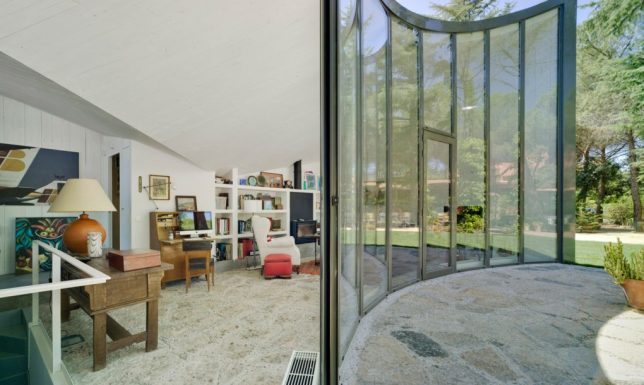
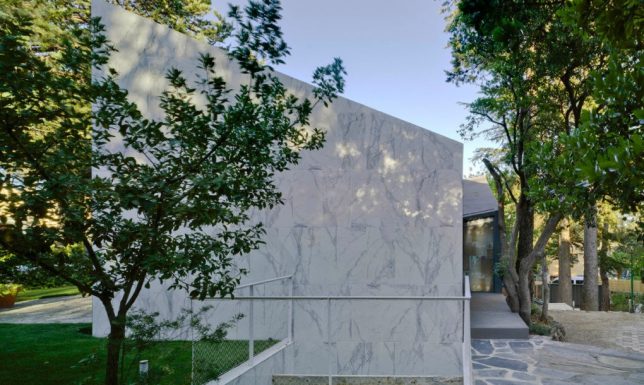
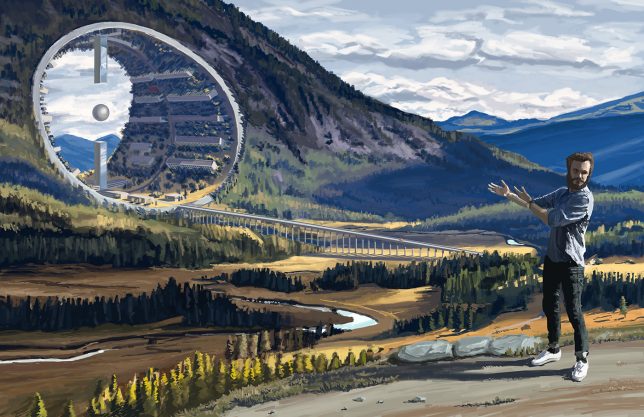

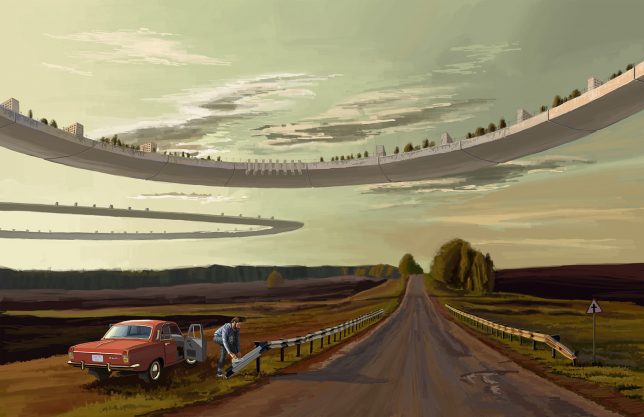
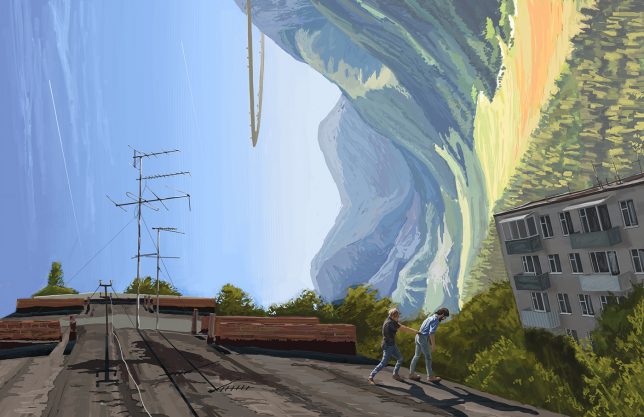









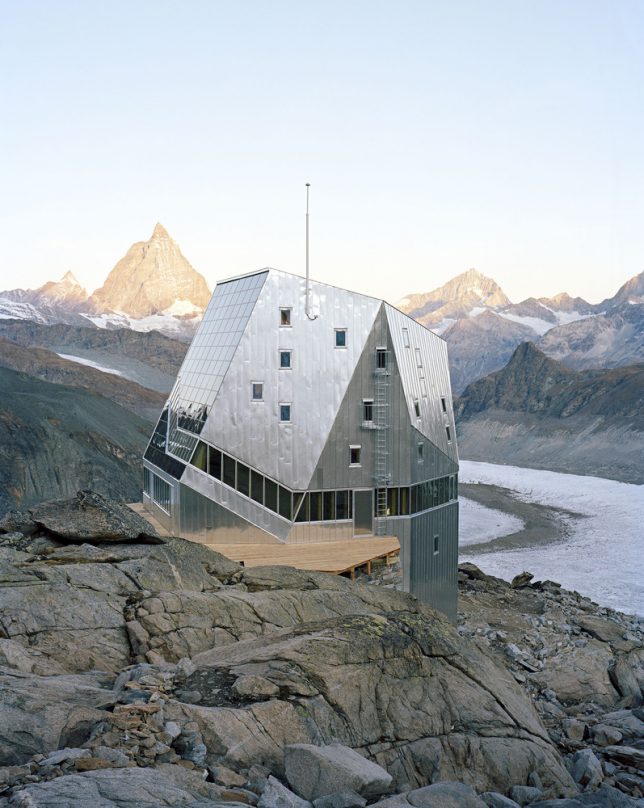

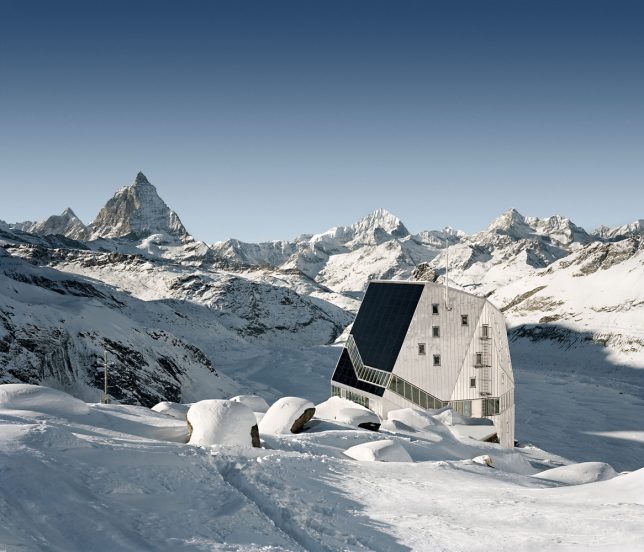
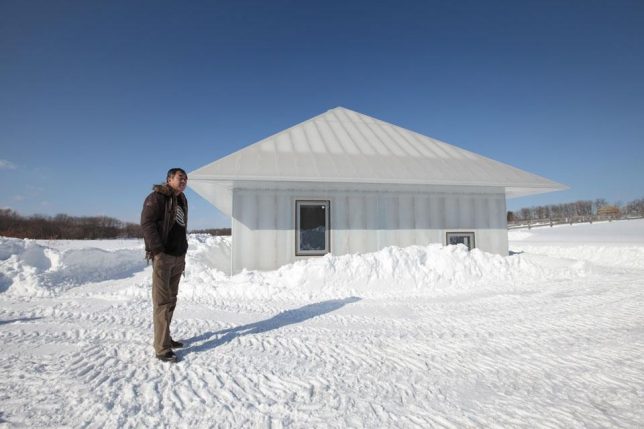
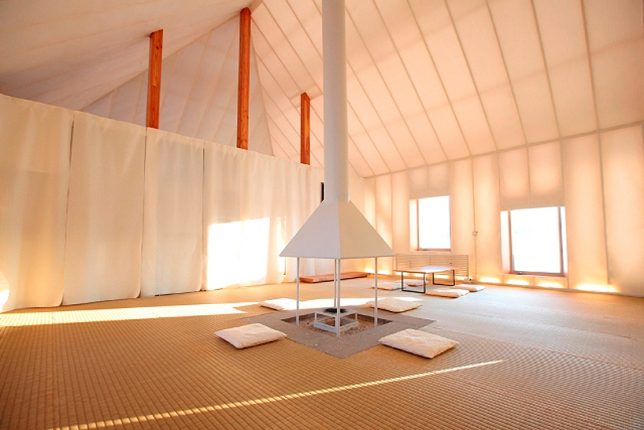
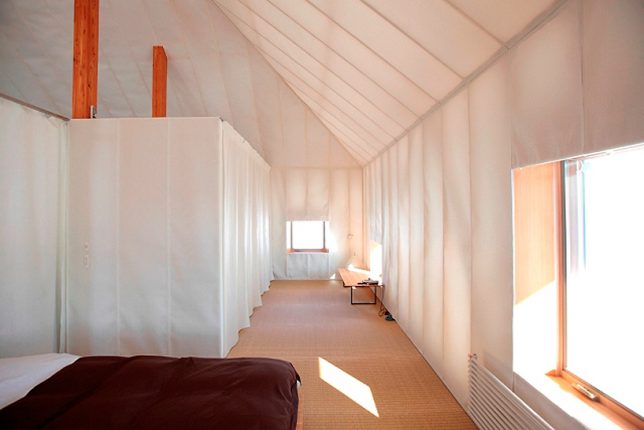
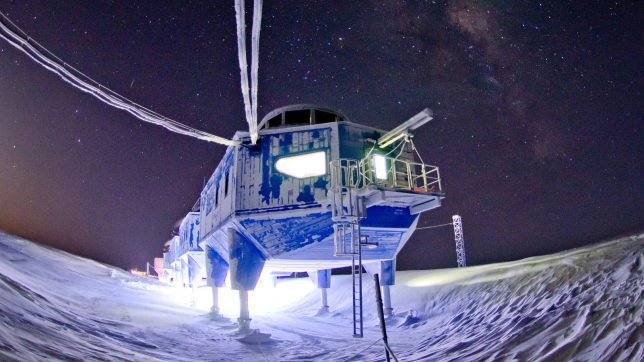
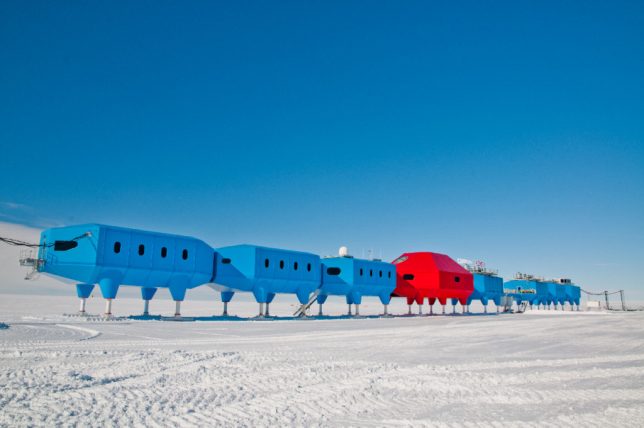
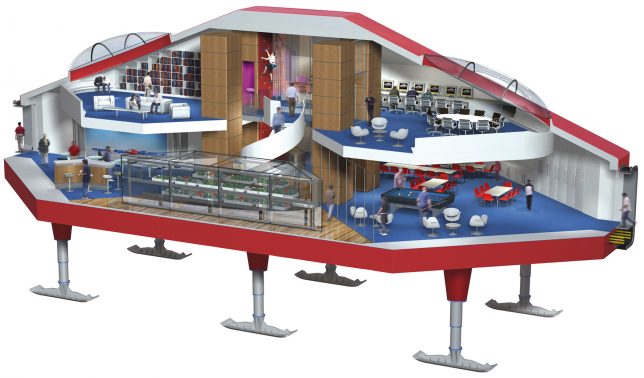
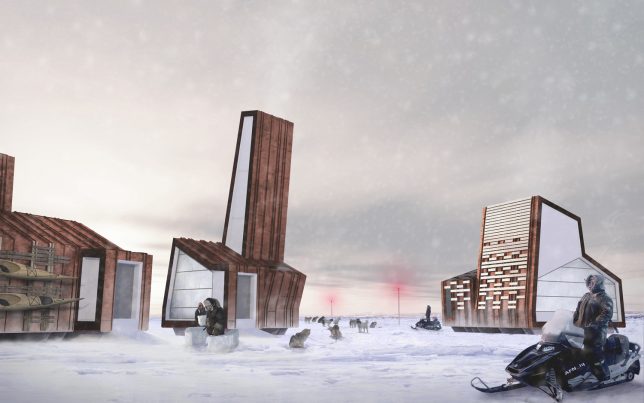
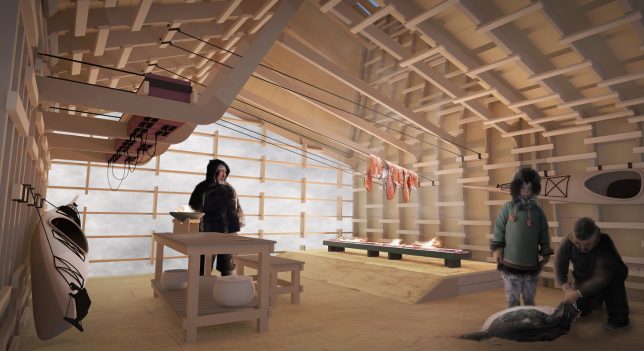
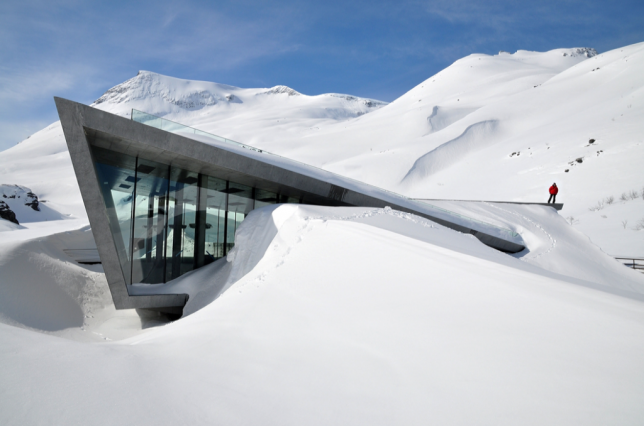
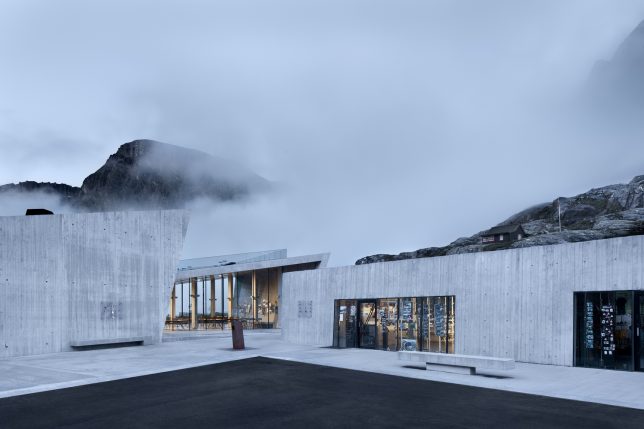
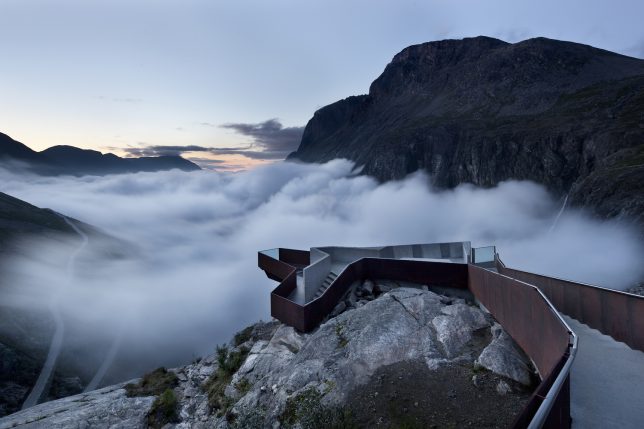



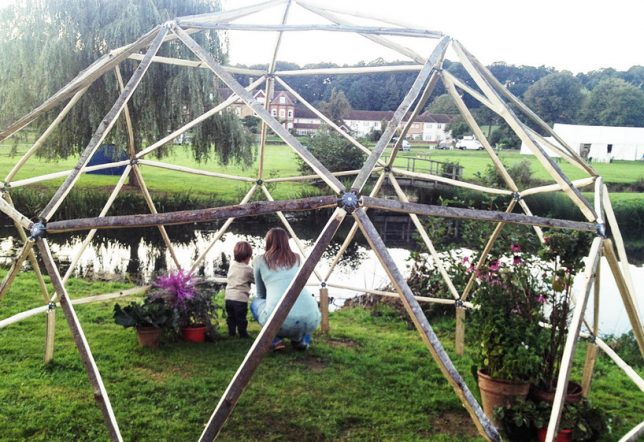






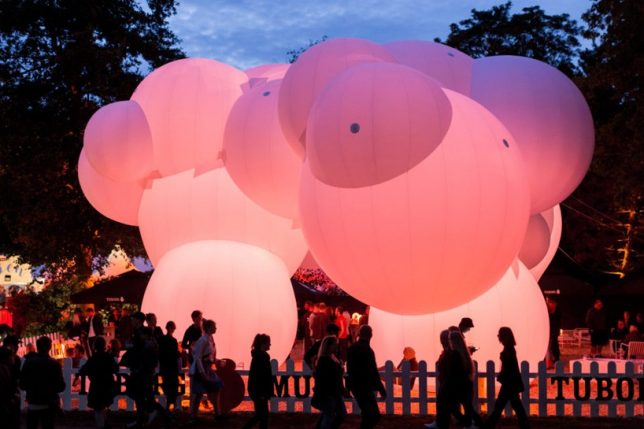
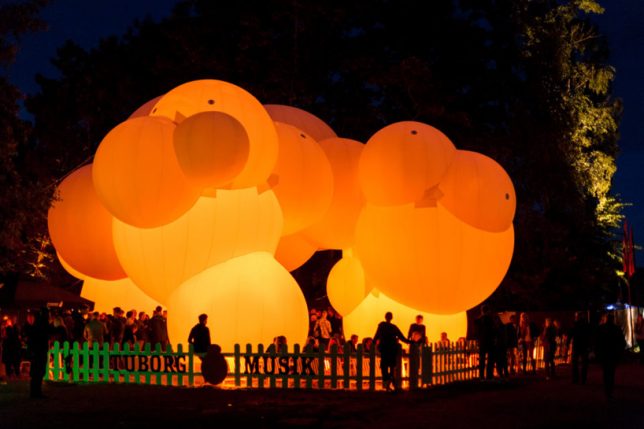
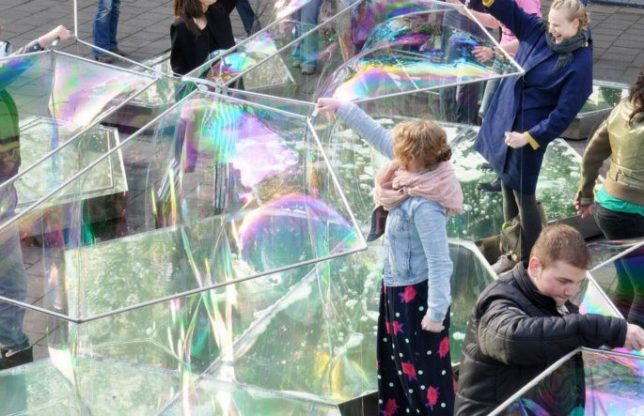
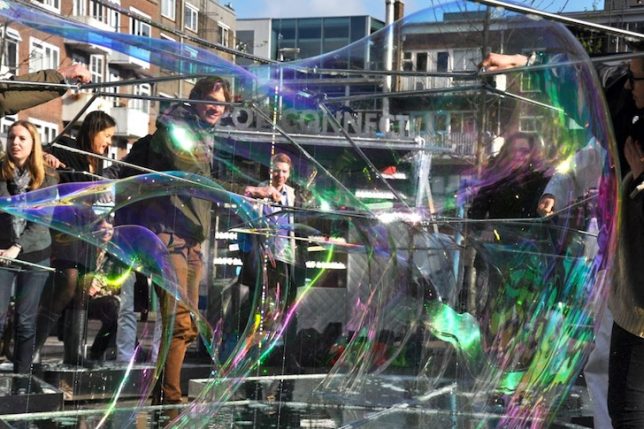
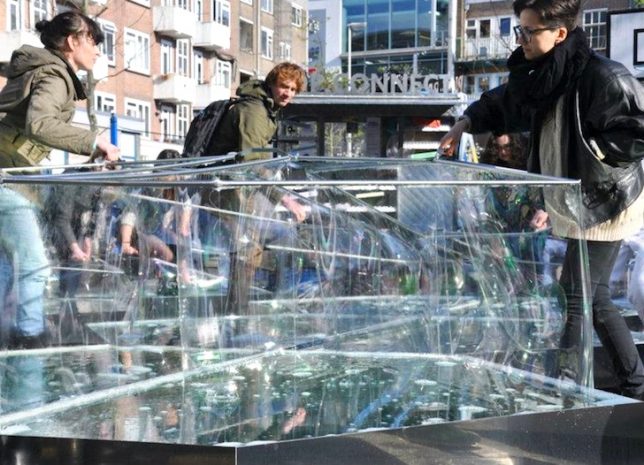

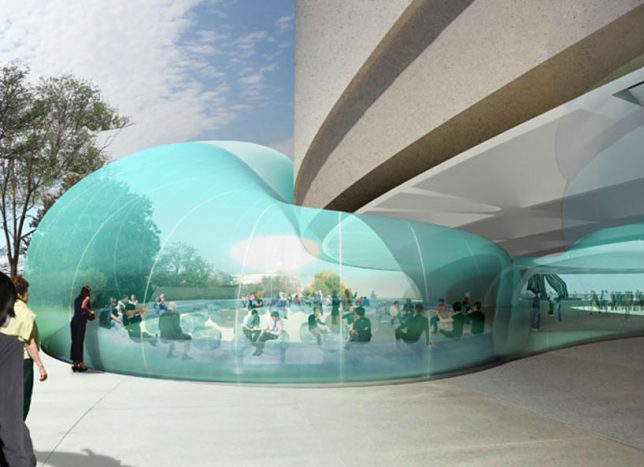
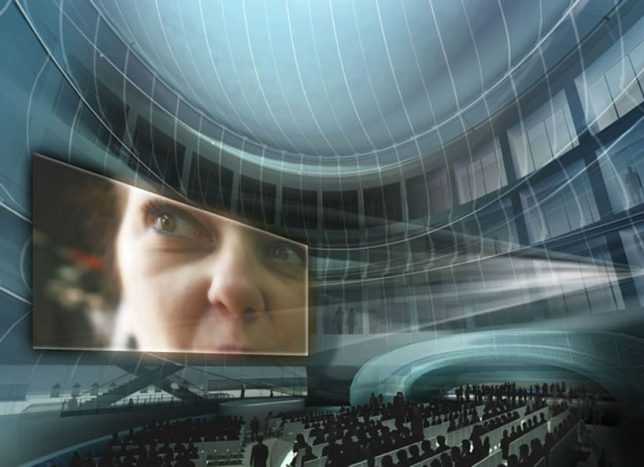
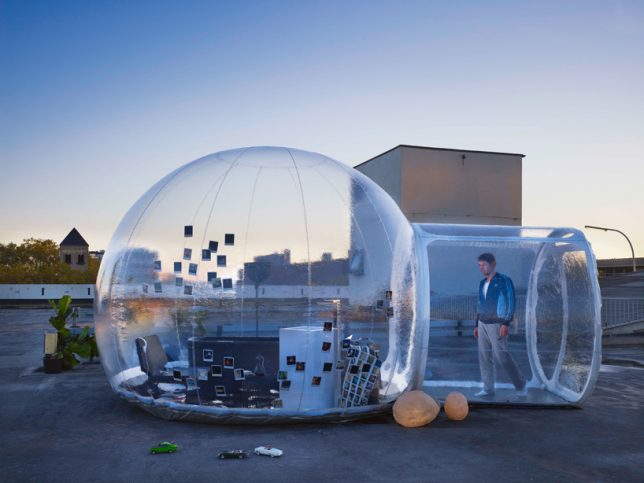
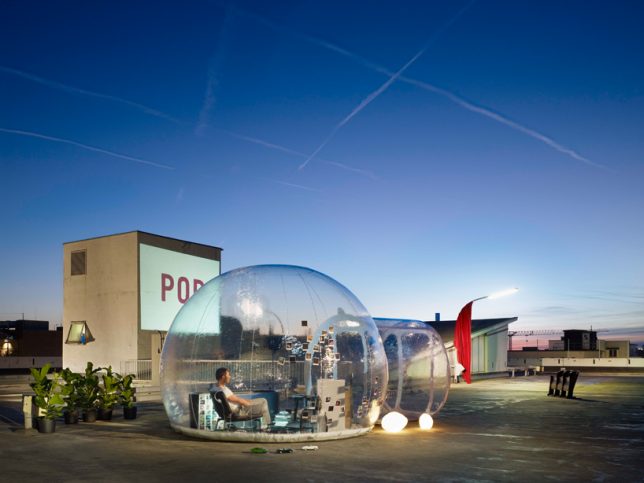
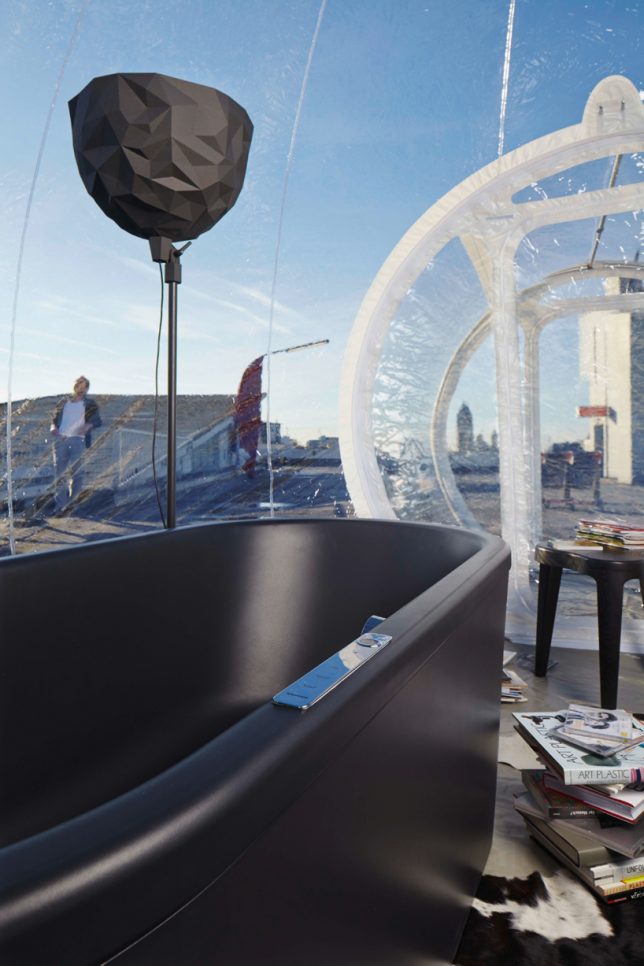
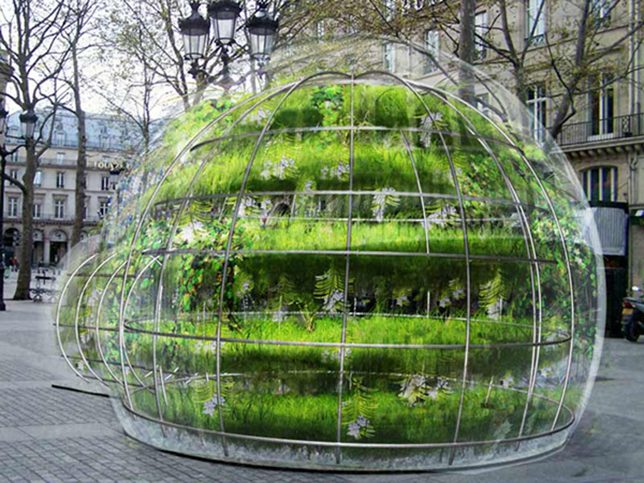
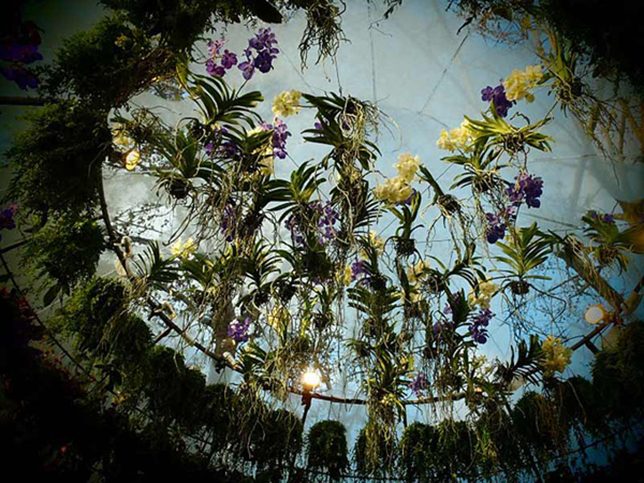
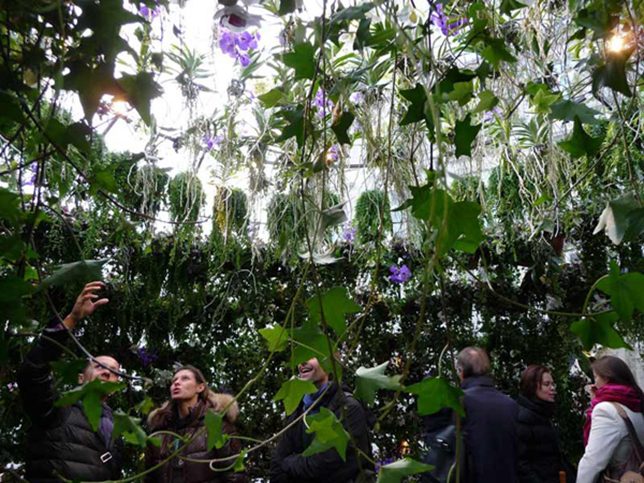
You must be logged in to post a comment.